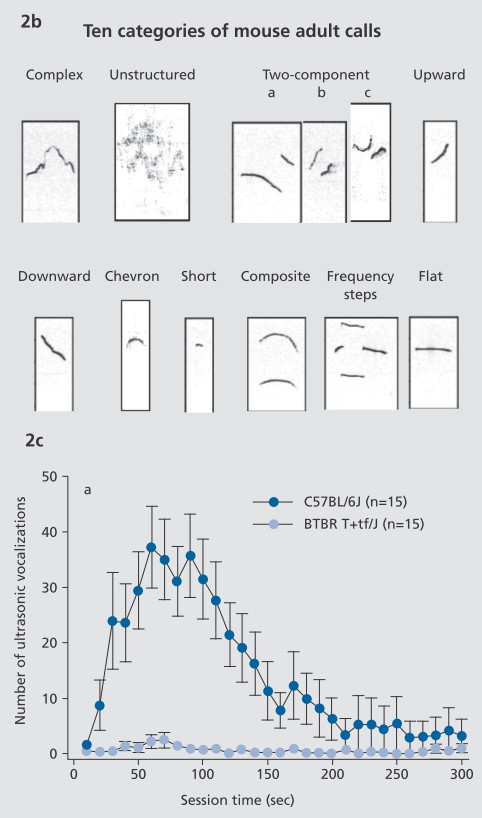- Home
-
Screening
- Ionic Screening Service
-
Ionic Screening Panel
- Ligand Gated Ion Channels
- Glycine Receptors
- 5-HT Receptors3
- Nicotinic Acetylcholine Receptors
- Ionotropic Glutamate-gated Receptors
- GABAa Receptors
- Cystic Fibrosis Transmembrane Conductance Regulators (CFTR)
- ATP gated P2X Channels
- Voltage-Gated Ion Channels
- Calcium Channels
- Chloride Channels
- Potassium Channels
- Sodium Channels
- ASICs
- TRP Channels
- Other Ion Channels
- Stable Cell Lines
- Cardiology
- Neurology
- Ophthalmology
-
Platform
-
Experiment Systems
- Xenopus Oocyte Screening Model
- Acute Isolated Cardiomyocytes
- Acute Dissociated Neurons
- Primary Cultured Neurons
- Cultured Neuronal Cell Lines
- iPSC-derived Cardiomyocytes/Neurons
- Acute/Cultured Organotypic Brain Slices
- Oxygen Glucose Deprivation Model
- 3D Cell Culture
- iPSC-derived Neurons
- Isolation and culture of neural stem/progenitor cells
- Animal Models
- Techinques
- Resource
- Equipment
-
Experiment Systems
- Order
- Careers
Autism Spectrum Disorder
Autism spectrum disorder (ASD) is a severe neurodevelopmental disorder that typically emerge in early childhood and were originally diagnosed by Kanner and Asperger in the 1930s. Currently, no specific drug in the market is available which is approved to treat symptoms of autism. The cause of ASD as a complex developmental disorder with highly varying degrees is still under investigation. Research suggests that multiple factors, such as genetic vulnerability and environmental factors are involved in the development of the disorder. Animal models of ASD contain various genetically modified or inbred strains of mice expressing autism traits, as well as models with targeted mutations in candidate genes.
As a commercially available model, BTBR T+ tf/J (BTBR)mice are the most widely used model for ASD research and related test substance analyses. BTBR T+ tf/J mice are an inbred strain completely missing the corpus callosum. These animals present a severely reduced hippocampal commissure. The BTBR mouse model has been reported to exhibit several symptoms of ASD, including reduced social interactions and anxiety compared to other inbred strains. Additionally, the mouse brain anatomy in this model has previously revealed profound abnormalities compared to regular strains, such as C57Bl/6J mice.
In Creative Bioarray, we characterized the BTBR T+tf/J model using behavioral studies and noninvasive imaging to validate its utility for preclinical drug discovery of ASD therapies.

The BTBR T+tf/J model exhibited:
Impairment in the rotarod test (a measure of motor behavior)
Decreased whole brain and striatum volumes, and statistical variation in metabolite levels
Increased horizontal activity in the open field locomotor test
Less freezing behavior in the contextual fear conditioning test
The brain anatomy and metabolic profile were assessed using MRI and 1H-MRS imaging, respectively. The imaging data was complemented by histological and biochemical tools to assess ASD-related markers. Taken together, the behavior tests and imaging data support the utility of the BTBR T+tf/J mouse model for ASD preclinical studies.

Fig.1 C57BL/6J adult male mice emit high numbers of ultrasonic vocalizations, while BTBR adult male mice emit low numbers of ultrasonic vocalizations, during a 5-minute session with an estrus female mouse.
Various compounds of different classes including acetylcholinesterase inhibitor donepezil, the noradrenergic reuptake inhibitor atomoxetine and the partial glycineB site agonist D-cycloserine, were positively tested for their efficacy in the BTBR T+tf/J model. Creative Bioarray provides an extensive CRO service to test your compounds in a frequently used ASD BTBR T+tf/J mouse model.
Behavioral analyses of BTBR T+tf/J mice for motor deficits reveal highly significant reduced motor performance in the wire suspension test. Analysis of the auto-grooming behavior shows that the number of grooming bouts is not altered between BTBR T+ tf/J and C57BL/6 mice, but that the mean duration of grooming bouts significantly increased in BTBR T+ tf/J mice

Fig. 2 Individual grooming components are elevated in BTBR mice
BTBR T+tf/J mice display the most common symptoms of ASD, such as social behavior and interaction, exploration, anxiety and cognitive deficits, and are thus a valuable model for ASD research.
Customized study design using this model is also available in Creative Bioarray and we are flexible to accommodate to your special interest. We are also happy to provide advice for you and propose study designs. We can provide many animal behavior tests for testing your compounds in our BTBR T+tf/J inbred mouse model. In Creative Bioarray, all the tests include: social behavior and recognition test and learning, anxiety tests. Samples (brain tissue, CSF etc.) from these animals for analyses in your laboratory can also be provided by Creative Bioarray.
References
Daimon CM, et al. Hippocampal transcriptomic and proteomic alterations in the BTBR mouse model of autism spectrum disorder. Front Physiol. 2015; 6: 1–17.
Meyza KZ, et al. The BTBR T+tf/J mouse model for autism spectrum disorders-in search of biomarkers. Behav Brain Res. 2013; 251: 25–34.
Ellegood J and Crawley JN. Behavioral and Neuroanatomical Phenotypes in Mouse Models of Autism. Neurotherapeutics. 2015; 12: 521–533.
Ruhela RK, et al. An urgent need for experimental animal model of autism in drug development. Ann Neurosci. 2015; 22: 44–49.
Related Section
- Alzheimer's Disease Model
- Parkinson's Disease Model
- Huntington's Disease Model
- Epilepsy Model
- ALS Model
- Psychiatric Model
- Cerebral-Spinal Injury Model
- Pain Model
- Stroke Model
- Fragile X Model
- Acute/Chronic Heart Failure Model
Inquiry

